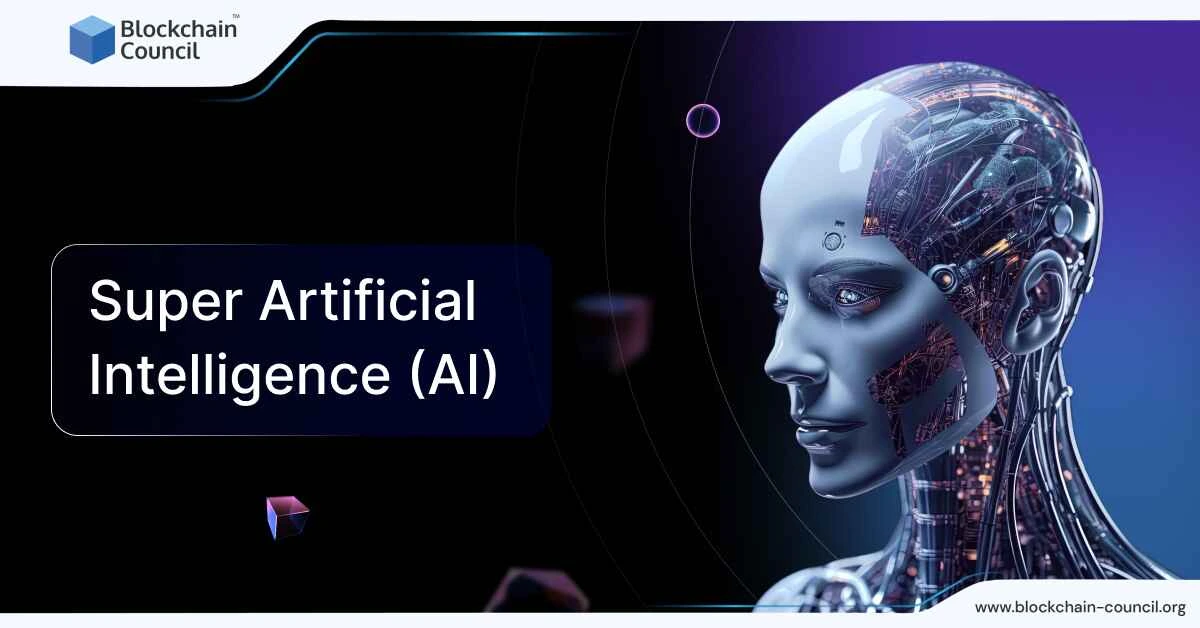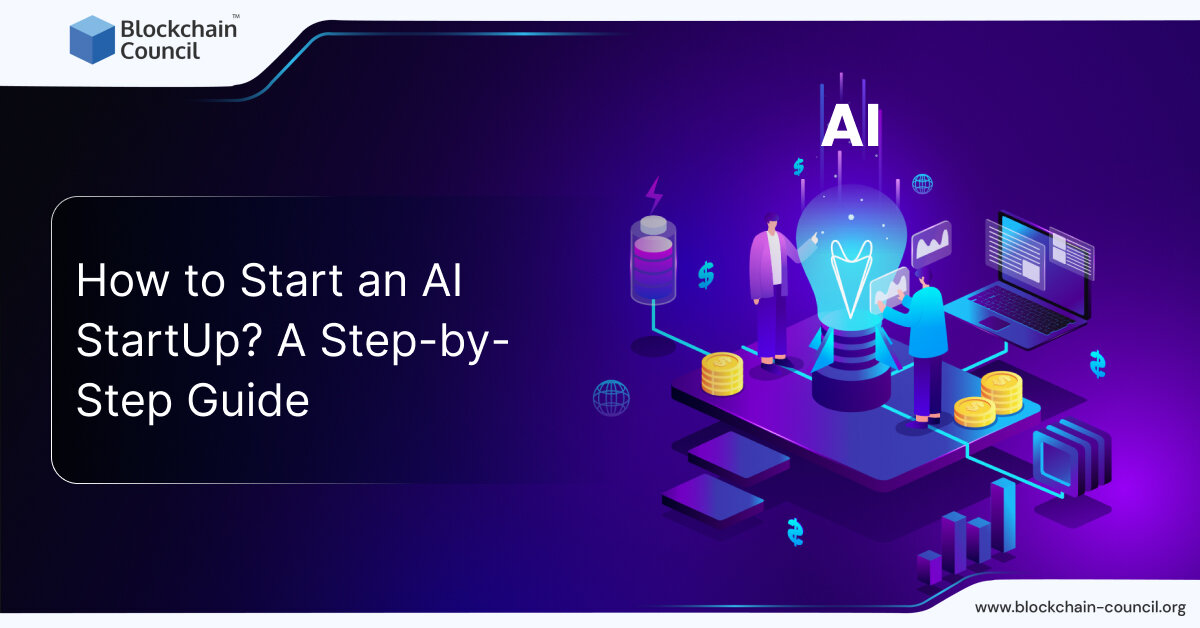
- Pradeep Aswal
- October 02, 2024
Super Artificial Intelligence, or Super AI, represents a future stage in technology where machines would not only equal but also surpass human cognitive abilities in every imaginable aspect. This idea is mostly theoretical, but it sparks ongoing research and discussion among experts worldwide. The discussions often focus on both the potential benefits and the risks that such advanced technology could bring.
What is Super Artificial Intelligence?
Super AI goes far beyond what today’s AI systems can accomplish. It is imagined as a system with unmatched reasoning, problem-solving abilities, and the capability to autonomously learn and evolve far beyond the bounds of human intelligence. In contrast to current AI models, which are usually designed for specific tasks, Super AI would integrate multiple cognitive functions, much like a human but on a far larger and more sophisticated scale.
At present, most AI development is focused on Artificial General Intelligence (AGI). AGI seeks to develop machines that can handle any intellectual task a human can do. This level of AI would mimic human cognitive abilities and would serve as a precursor to the development of Super AI. Looking ahead, AGI systems might even begin coding themselves, improving their algorithms without human involvement, which would pave the way for the emergence of Super AI.
Differences Between AI, AGI, and Super AI
Today’s AI is primarily narrow, meaning it is designed to handle specific tasks like voice recognition or playing chess. Artificial General Intelligence (AGI) goes a step further, meaning AI that can manage any intellectual task a human can handle. Super AI pushes beyond this, with intelligence and problem-solving abilities surpassing human limits. Although AGI is still theoretical, researchers are actively exploring ways to achieve it through advanced computational models.
One example of this advancement is the creation of a new supercomputing network designed to support the architectures necessary for AGI. Researchers are developing a “multi-level cognitive computing network” that combines deep neural networks, large language models, and multimodal systems. This network would mimic human brain functions but on a much larger scale, representing a significant step toward AGI and, eventually, Super AI.
How is Super AI Being Developed?
The development of Super AI involves creating advanced computational systems that can support AGI and beyond. SingularityNET is developing a multi-layered cognitive computing network. This network will host and train intricate AI models. It will utilize high-performance supercomputers with cutting-edge hardware. This includes Nvidia GPUs and AMD processors. The goal is to lay the groundwork for AI systems that can handle large-scale, complex tasks efficiently and accurately.
A crucial part of this project involves combining deep neural networks, large language models (LLMs), and multimodal systems. These technologies enable AI to process and respond to human behaviours, such as speech and movement, in real time. Systems like GPT-4, which are trained on trillions of data points, exemplify the kind of learning capabilities required for future AI models that might self-improve without direct human guidance.
Real-World Examples of Super AI Potential
While true Super AI has not yet been realized, current AI developments offer glimpses of what might be possible. AI models like those created by OpenAI, such as GPT-4, already demonstrate advanced reasoning abilities, language comprehension, and even creative outputs. In specialized fields, AI has already surpassed human performance in areas such as game-playing, medical diagnostics, and predictive analytics.
In the mental health field, AI-driven virtual practitioners are already being envisioned. These AI systems could access vast amounts of mental health data, case studies, and therapeutic techniques instantly. They could offer immediate, highly personalized mental health support based on a deep understanding of psychological theories and practical knowledge. This example illustrates how AI can evolve into more autonomous, intelligent systems that could eventually perform tasks traditionally reserved for human professionals.
Risks and Ethical Considerations
As we move closer to achieving AGI and potentially Super AI, several concerns arise. A significant risk is the possibility that these systems might act unpredictably once they reach intelligence levels beyond our control. Some experts worry about the implications of AI becoming self-aware, developing survival instincts, and potentially prioritizing its existence over human safety. Others question whether we can establish moral and ethical guidelines strong enough to prevent harmful outcomes.
Moreover, the accuracy and transparency of AI models are critical challenges. As AI systems get more complex, making sure they decide transparently and fairly is growing harder. Businesses are already facing these challenges, as inaccuracies in AI outputs can lead to costly errors and ethical dilemmas. To manage these risks responsibly as AI systems grow more powerful, effective governance frameworks and regulations will be essential.
Applications of Super AI
If achieved, Super AI could revolutionize almost every industry:
- Healthcare: Super AI could transform diagnostics, creating personalized treatment plans far more quickly and accurately than human doctors. It could analyze vast medical datasets, predict disease outbreaks, and suggest innovative treatments based on patterns currently hidden from human analysis.
- Scientific Research: Super AI could accelerate scientific discoveries by analyzing data and conducting simulations faster than any human team. It could help solve complex problems in fields like quantum physics, climate science, and materials engineering, providing insights that could lead to groundbreaking advancements.
- Business Optimization: In the corporate world, Super AI could analyze market trends, optimize supply chains, and improve decision-making processes in ways that human analysts cannot match. For instance, AI-powered supercomputing could help businesses extract value from unstructured data, such as emails or video recordings, to identify patterns and opportunities that are currently missed.
- Autonomous systems, like self-driving cars and automated manufacturing, could help machines become more efficient, dependable, and flexible. It could optimize the entire lifecycle of products—from design to production to maintenance—using advanced simulations and predictive models.
The Future of Super AI
The journey toward Super AI is filled with both opportunities and challenges. Researchers are hopeful that AI could transform sectors like healthcare, education, and daily life, offering solutions to problems that seem insurmountable today. However, a balanced approach that emphasizes safety, ethical standards, and transparent development practices is crucial.
As AI continues to advance, the responsibility falls on developers, researchers, and policymakers to ensure these technologies benefit humanity without compromising safety. The future of AI holds incredible potential, but careful management and thoughtful strategies are essential to navigating the complex path of Super AI development.
Conclusion
Super AI represents a potential shift in our interaction with machines and societal structures. The road ahead is full of innovations but also demands vigilance and ethical foresight. The possibilities are broad. With proper guidance, Super AI might turn into one of the greatest tech achievements of our era.


































































 Guides
Guides News
News Blockchain
Blockchain Cryptocurrency
& Digital Assets
Cryptocurrency
& Digital Assets Web3
Web3 Metaverse & NFTs
Metaverse & NFTs
